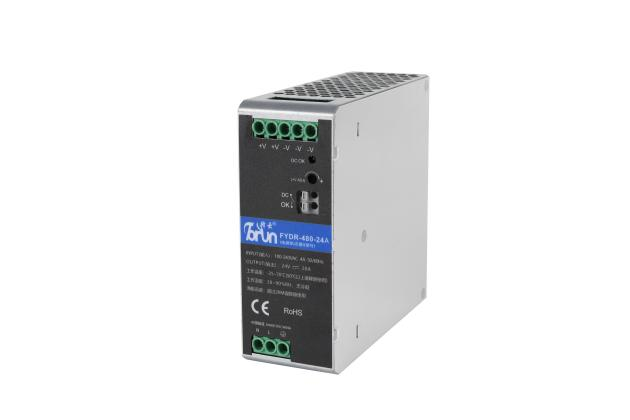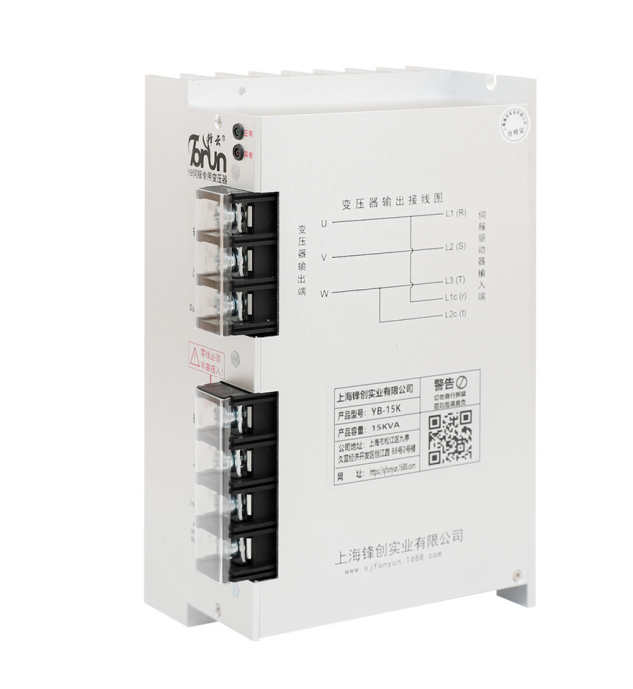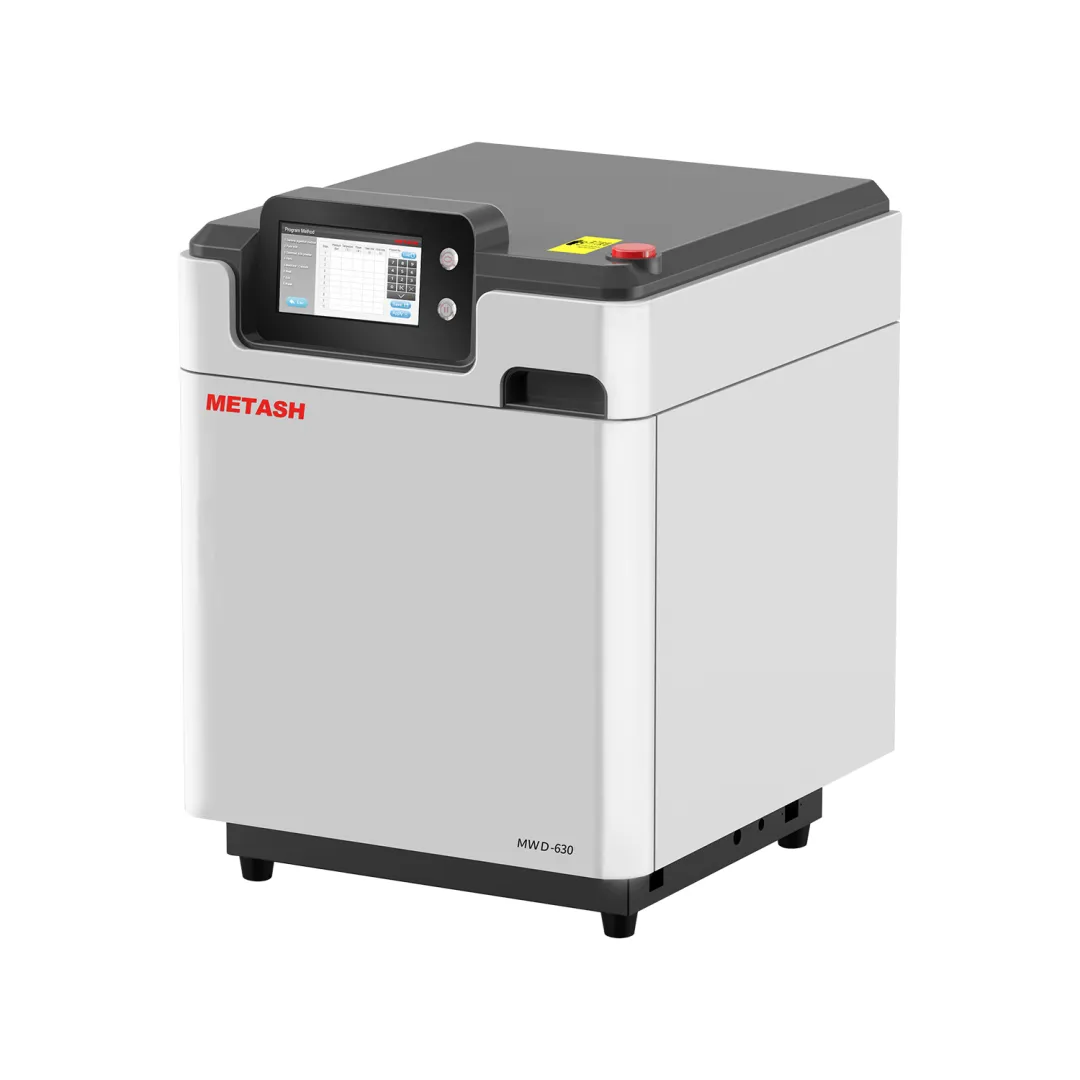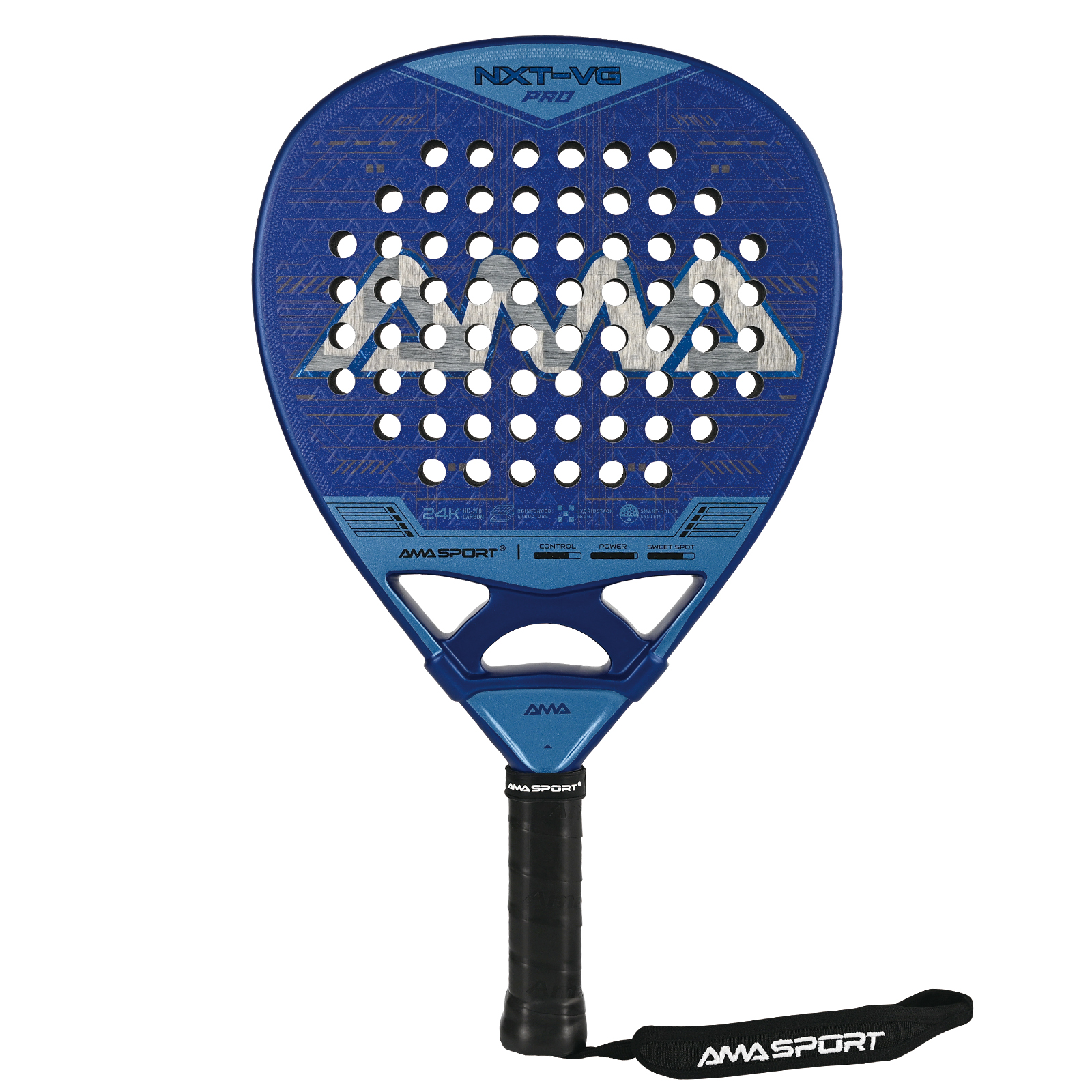Working Principle of Ultrasonic Cutter for Rubber Tire Production
In modern rubber tire manufacturing, precision and efficiency are crucial for ensuring product quality and reducing production costs. One of the advanced technologies increasingly adopted in the industry is the ultrasonic cutter. This tool leverages high-frequency mechanical vibrations to slice through tough and elastic materials like rubber with minimal resistance and deformation. In this blog post, SONIWELL, a high quality ultrasonic rubber cutting system exporter, will share the working principle of ultrasonic cutter for rubber tire production, including its components, working mechanism, advantages and applications in the tire industry.
1. Fundamentals of Ultrasonic Cutting Technology
Ultrasonic cutting operates on the principle of converting high-frequency electrical energy into mechanical vibration energy through a piezoelectric transducer. These vibrations, typically in the range of 20 kHz to 40 kHz, are transferred to a cutting blade or horn. When the blade vibrates at ultrasonic frequencies, it creates microscopic movements (typically around 10–50 microns), enabling it to cut through dense, sticky, or highly elastic materials like rubber with minimal contact force.
In rubber tire production, this technology overcomes common challenges such as material rebound, blade drag, and surface adhesion that are typical when using conventional cutting methods. The ultrasonic cutter does not rely on shear force or heating via friction but instead disrupts the molecular bonds in the material using vibration, effectively reducing resistance during the cutting process.
2. Main Components of Ultrasonic Cutting System
The ultrasonic cutting system consists of several integrated components that work in unison to perform precise cutting operations:
* Ultrasonic Generator (Power Supply): Converts standard electrical energy (50/60 Hz) into high-frequency electrical energy, typically around 20–40 kHz.
* Piezoelectric Transducer: Converts high-frequency electrical signals into mechanical vibrations using piezoelectric ceramics. This is the core of the energy transformation process.
* Booster: A mechanical element that modifies the amplitude of the vibrations. It may amplify or attenuate the vibration amplitude depending on the design requirements.
* Sonotrode (Cutting Blade or Horn): This is the component that directly contacts the rubber material. It vibrates at ultrasonic frequency and performs the actual cutting.
* Controller/PLC Interface: Allows integration with industrial automation systems, enabling precise control of cutting patterns, speed, and positioning.
3. Working Mechanism of Ultrasonic Cutter for Rubber Tire Production
In the context of rubber tire production, ultrasonic cutters are used for cutting uncured rubber sheets, trimming edges, or forming rubber components before vulcanization. The steps in the working process are as follows:
Power Conversion and Vibration Generation:
The ultrasonic generator receives standard AC voltage and converts it into a high-frequency electrical signal. This signal is sent to the transducer, which then creates rapid linear mechanical oscillations via the inverse piezoelectric effect.
Amplitude Modulation:
These mechanical vibrations are passed through the booster, which modulates the amplitude to match the operational requirements. Typically, rubber cutting requires moderate amplitude with high precision.
Transmission to the Blade:
The vibrations are transmitted to the sonotrode or cutting blade, which is specially designed to resonate at the operating frequency. The blade vibrates longitudinally (or sometimes transversely), with a displacement amplitude ranging from 10 to 50 microns.
Material Penetration and Cutting:
The vibrating blade is pressed against the rubber material. Due to the high frequency, the cutter momentarily separates molecular bonds within the rubber along the contact line. This leads to a clean and effortless incision with minimal resistance or heat generation.
Automated Integration:
In tire production lines, ultrasonic cutters are integrated with robotic arms or automated conveyor systems. This allows for high-speed, repetitive, and consistent cutting of rubber profiles, sidewalls, treads, and composite sheets without the need for human intervention.
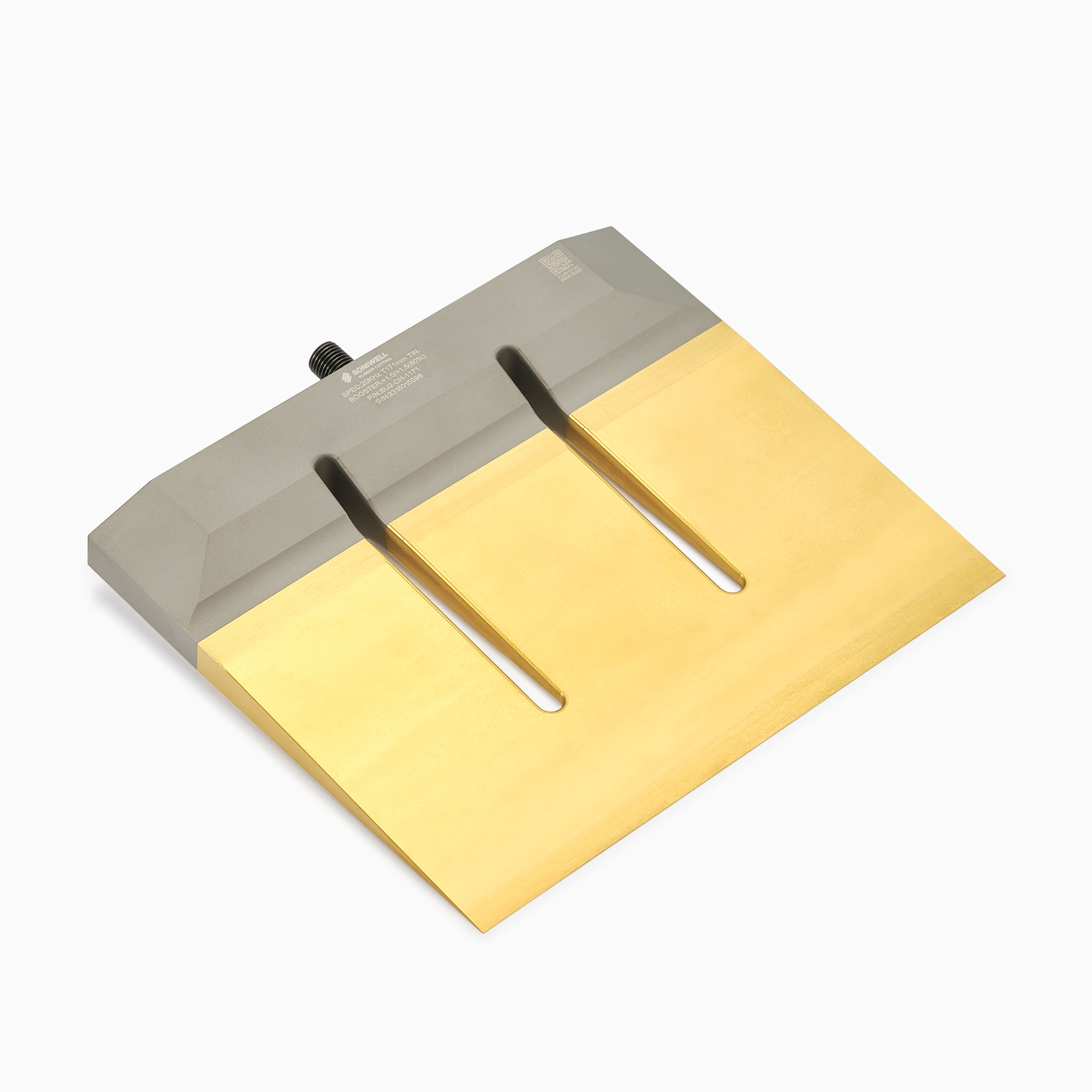
4. Advantages of Ultrasonic Cutting in Tire Manufacturing
Using ultrasonic cutters for rubber tire production provides several operational and quality-based advantages:
* Clean and Precise Cuts:
Ultrasonic blades produce extremely clean edges with no fraying or tearing. This is critical for maintaining structural integrity in multilayered rubber composites used in tire building.
* Low Cutting Force:
Since cutting is achieved by micro-vibrations rather than brute force, the contact pressure is minimal. This reduces mechanical stress on the blade and the rubber, preventing deformation or surface damage.
* Minimal Heat Generation:
Unlike mechanical blades that generate heat through friction, ultrasonic cutting produces negligible heat, which is crucial for processing heat-sensitive rubber compounds and adhesives.
* Reduced Blade Wear:
The ultrasonic cutter blade endures significantly less wear compared to conventional tools because the vibration assists in material separation. This extends tool life and reduces downtime for maintenance.
* Compatibility with Sticky or Composite Materials:
Rubber used in tire manufacturing is often blended with tacky compounds or reinforced fabrics. Ultrasonic cutters are particularly effective at handling such complex materials without sticking or bunching.
* Enhanced Process Automation:
The repeatability and precision of ultrasonic systems make them ideal for automated tire manufacturing environments. The system can be programmed to execute complex cutting paths using CNC or PLC controls, thereby improving productivity and consistency.
5. Typical Applications of Ultrasonic Rubber Cutting System in Tire Production
Ultrasonic cutting technology finds a variety of applications in tire manufacturing processes:
* Tread and Sidewall Preparation:
The technology is used to cut raw rubber sheets into specific widths and profiles for treads and sidewalls.
* Edge Trimming and Slitting:
Excess rubber from extrusion or calendaring processes is precisely trimmed, enhancing the dimensional quality of intermediate products.
* Inner Liner and Fabric Layer Cutting:
In radial tire production, multiple layers of rubber and fabric reinforcement need accurate cutting. Ultrasonic cutters ensure clean separation without disturbing the fiber structure.
* Bead and Apex Processing:
In the assembly of tire beads (reinforced wire rings), ultrasonic blades assist in trimming apex rubber profiles for consistent integration.
Conclusion
The ultrasonic cutter has revolutionized rubber tire manufacturing by offering a non-conventional, vibration-based cutting technique that ensures precision, cleanliness, and minimal material disruption. Its adoption enhances quality control, facilitates automation, and reduces operational costs in an industry that demands both durability and high throughput. As tire designs grow more complex with innovations like run-flat structures, silica compounds, and reinforced composites, the role of ultrasonic cutting technology is expected to expand, providing a critical edge in modern production lines.
Ultrasonic cutting, therefore, stands as a cornerstone of advanced manufacturing methods for rubber processing, especially in the high-demand and precision-focused environment of tire production.
www.soniwellgroup.com
SONIWELL

